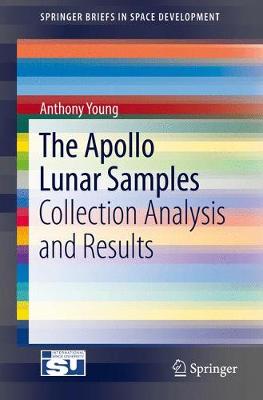SpringerBriefs in Space Development
2 total works
Young addresses the impressive expansion across existing and developing commercial space business markets, with multiple private companies competing in the payload launch services sector. The author pinpoints the new markets, technologies, and players in the industry, as well as highlighting the overall reasons why it is important for us to develop space. NASA now relies on commercial partners to supply cargo and crew spacecraft and services to and from the International Space Station. The sizes of satellites are diminishing and their capabilities expanding, while costs to orbit are decreasing. Suborbital space tourism holds the potential of new industries and jobs. Commercial space exploration of the Moon and the planets also holds promise. All this activity is a catalyst for anyone interested in joining the developing space industry, from students and researchers to engineers and entrepreneurs. As more and more satellites and rockets are launched and the business of space is expanding at a significant pace, it is increasingly important for scientists and engineers of many disciplines to understand how the business evolved and where it is continuing to develop. The growing field is fully explored in this concise overview to the players in this changing landscape.
NASA contracted with the U.S. Geologic Survey to perform classroom and field training of the Apollo astronauts. NASA’s Geology Group within the Manned Spacecraft Center in Houston, Texas, helped to establish the goals of sample collection, as well as the design of sample collection tools, bags, and storage containers.
In this book, detailed descriptions are given on the design of the lunar sampling tools, the Modular Experiment Transporter used on Apollo 14, and the specific areas of the Lunar Rover vehicle used for the Apollo 15, 16, and 17 missions, which carried the sampling tools, bags, and other related equipment used in sample collection. The Lunar Receiving Laboratory, which was designed and built at the Manned Spacecraft Center in Texas for analysis and storage of the lunar samples returned from the Apollo lunar landing missions is also described in detail.
There are also descriptions of astronaut mission training for sample collecting, with the focus on the specific portions of the mission EVAs devoted to this activity.

